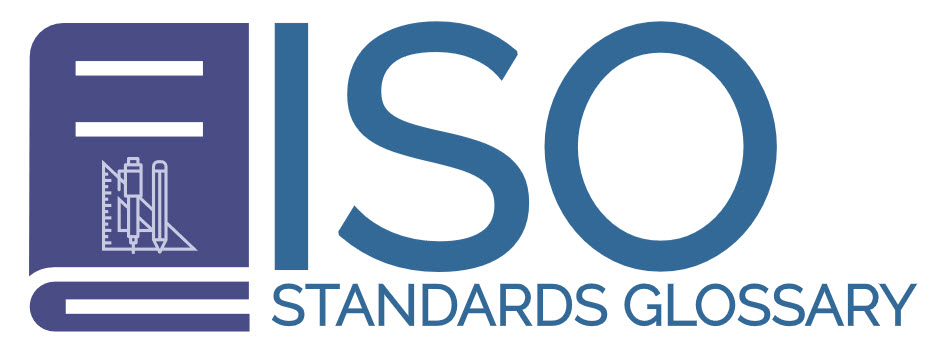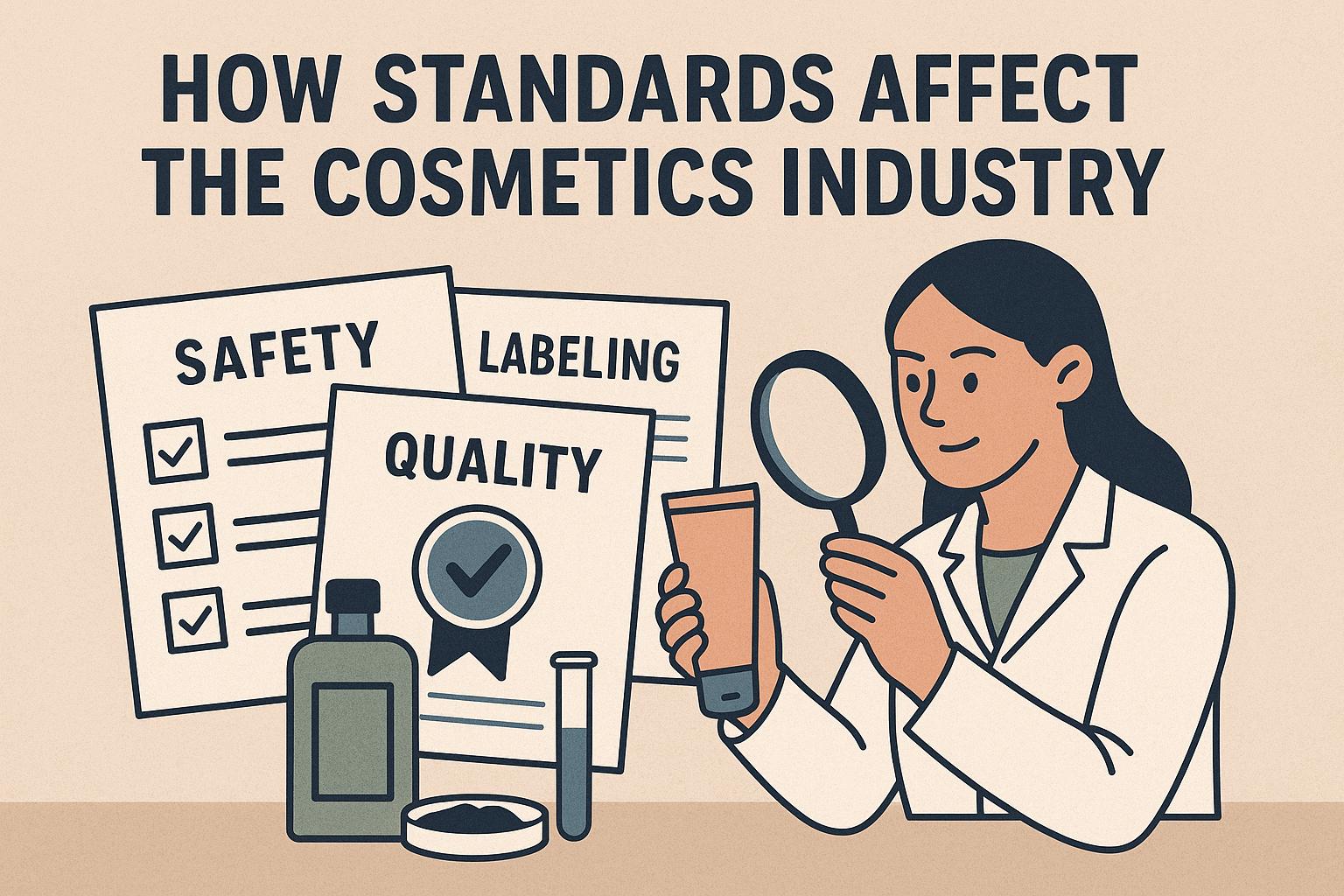The Role of Standards in the Cosmetics Industry
The cosmetics industry operates under a complex regulatory environment built to ensure the safety, quality, and trust of products available to consumers. Standards within this sector provide the much-needed framework that governs compliance, sparks innovation, and ensures adequate consumer protection.
Regulatory Compliance
One of the primary objectives of standards in the cosmetics industry is to guarantee products are safe for consumer use. In different parts of the world, such as the European Union, the EU Cosmetics Regulation establishes comprehensive guidelines for the manufacture and distribution of cosmetic products. These regulations lay down specific stipulations related to safety assessments, ingredient restrictions, and mandatory labeling requirements. For companies, compliance with these standards is not optional—it is obligatory. A lapse in meeting these standards can lead to serious consequences, including product bans and financial penalties, which could considerably impact a company’s presence in the market.
Quality Assurance
Beyond ensuring safety, standardization plays a pivotal role in maintaining the quality of cosmetic products. Standards establish consistent norms that govern manufacturing processes, ingredient sourcing, and packaging. For instance, the International Organization for Standardization (ISO) dictates guidelines like ISO 22716, which concerns Good Manufacturing Practices specific to cosmetics. Adhering to these guidelines ensures that companies produce items with a consistent quality benchmark, which in turn is crucial for maintaining brand reputation. Consumers recognize and value brands that consistently deliver high-quality products, making these standards imperative for market success.
Innovation and Development
While the primary role of standards may revolve around compliance and safety, they also open up avenues for innovation within the cosmetics industry. By establishing clear and structured guidelines, regulatory bodies stimulate companies to develop new products within a well-defined framework. This dynamic encourages research and development efforts, as companies strive to introduce unique products that not only comply with standards but also meet the evolving needs of consumers. Thus, standards do not stifle creativity; instead, they channel it in ways that align with safety and quality protocols, fostering a balance between innovation and compliance.
Consumer Protection and Transparency
Consumer trust in cosmetic products is fundamentally anchored in their adherence to established standards. Labels on these products frequently act as a reassurance of safety, effectiveness, and the absence of harmful substances. Standards enforce transparency by mandating that cosmetic labels contain critical information, such as ingredient lists and potential allergens, thereby enabling consumers to make informed purchasing decisions. The transparency mandated by these regulations helps consumers understand precisely what they are using, which in turn fosters a sense of trust and loyalty toward brands that adhere to these standards. The confidence that results from this transparency is invaluable in maintaining a sustainable relationship between consumers and manufacturers.
Conclusion
In conclusion, the cosmetics industry is deeply reliant on standards for maintaining safety, ensuring quality, and cultivating consumer confidence. By sticking to these standards, companies do more than just comply with legal mandates—they also drive innovation and promote transparency. As consumer awareness continues to rise, the significance of standards in shaping the cosmetics industry is likely to grow, ensuring that products remain secure, effective, and reliable now and in the foreseeable future.
In regions beyond the European Union, similar principles apply, though regulations may differ slightly. For instance, in the United States, the Food and Drug Administration (FDA) regulates cosmetics, emphasizing the safety of cosmetic ingredients and products. Companies are encouraged to register their facilities and list their products under the Voluntary Cosmetic Registration Program (VCRP). This kind of regulatory oversight reinforces the idea that no matter the region, standards serve as the cornerstone of a well-functioning cosmetic sector, harmonizing local practices with global expectations.
Further, standards do not exist in a vacuum. They intersect with various other factors such as environmental concerns, technological advancements, and shifts in consumer behavior. The rise of eco-consciousness has prompted additions or alterations to existing standards to include eco-friendly practices and sustainable sourcing methods. Cosmetic companies are increasingly exploring ‘green chemistry’ practices, spurred on by regulations that demand reduced environmental impact.
An interesting facet of standards is their role in facilitating international trade. Products that adhere to widely recognized standards can more easily cross international borders, entering new markets and reaching a broader audience with confidence in the inherent quality and safety of the products. This harmonization is crucial in a globalized market, providing the assurance that, regardless of a product’s origin, it meets globally accepted criteria.
Additionally, there is a growing emphasis on consumer personalization and product customization, which requires flexible yet robust standards to accommodate bespoke formulations while ensuring compliance and safety. This poses both challenges and opportunities; the adaptability of standards to accommodate such trends could dictate the pace and nature of innovation in coming years.
To wrap up, while the intricate web of standards governing the cosmetics industry may seem restrictive at first glance, they undeniably play a fundamental role in safeguarding consumer interests, uplifting product quality, and bolstering market competition. The adaptability and resilience of these standards in the face of rapid industry changes underscore their importance as a framework for current regulation and a foundation for future growth. As new methodologies and consumer preferences evolve, so, too, will the standards, always tethering innovation to safety and quality.

